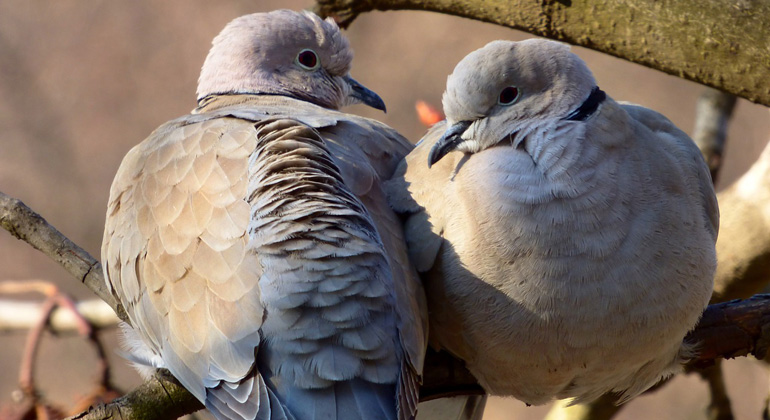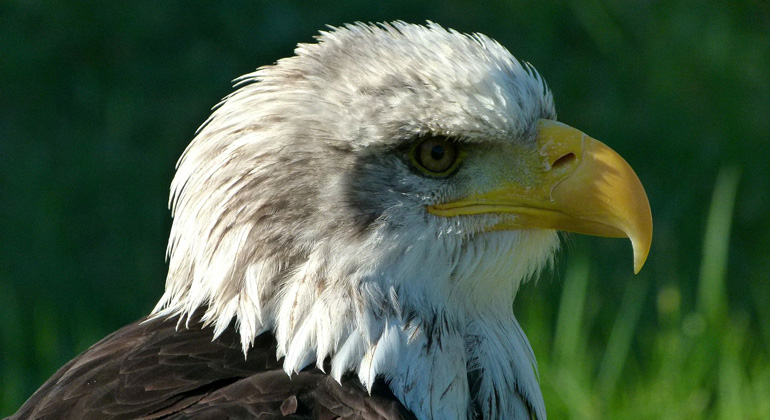The European Red List of Birds is here
We have a few theories why the famous Dodo went extinct by 1700 on the island of Mauritius. Predation, habitat loss and invasive species were just too much for this friendly flightless creature.
The truth is, unless we act now, many other species of bird could follow the Dodo’s sad journey to the museum shelf. But we can help stop this from happening with the knowledge of how specific bird populations are doing and what threats they face. For birds in Europe, BirdLife International has just given us a tool that does all this, the European Red List of Birds.
Out of some 10,000 known bird species in the world, about 530 species nest, winter, and call Europe their home. Some have been able to adapt, or even benefit, from human activities (either directly or indirectly) but many others are really struggling to survive in this ever-changing world. The European Red List of Birds uses IUCN criteria to measure a species extinction risk and applies it at regional level, fine-tuning a global standard and digging deeper into the needs of individual European species.
What we present today is the fruit of years of labour from scientists, conservationists, policy makers, and people who simply care about birds. It’s the tool we can go to first to be sure that the birds we have in Europe today are here tomorrow as well. This list gives us the latest and best available information on the size and trends of populations and distributions of every regularly occurring wild bird species in Europe. It identifies the conservation status of species occurring not only across the entire European continent, but also the European Union (at the time of the assessment, 27 Member States [EU27]) where key nature legislation applies, theBirds and Habitats Directives. These are the laws that have been protecting European nature and wildlife the last decades.
So what does the European Red List of Birds say?
It tells us that 13% of 533 species are threatened at a European level (of the 67 species, 10 are Critically Endangered (the highest threat level) including the Balearic Shearwater, Slender-billed Curlew, and Yellow-breasted Bunting; 18 are Endangered and 39 are Vulnerable). When looking at the EU27 level, 18% of 451 species are threatened (of the 82 species: 11 are Critically Endangered, including the Lesser White-fronted Goose and the Greater Spotted Eagle, 16 are Endangered and 55 are Vulnerable). We also discovered what the main culprits are for this situation, and that two stand out above the rest: illegal killing and land-use changes, especially on farmland. Other serious threats are climate change, pollution and invasive non-native species.
On the upside, since we last did a regional assessment in 2004, the status of some species has really improved. Charismatic birds like the Dalmatian Pelican, Lesser Kestrel, Arctic Loon andGreat Bustard have made a comeback largely because of conservation efforts and legal protection. We even have news that the extinction risk for another 25 species is lower than a decade ago so we’ve been able to downlist these species, meaning their conservation status has improved. Zino’s Petrel and Azores Bullfinch may still be in trouble, but it’s a good sign that they have gone from Critically Endangered to Endangered.
On the down side, we’ve had to uplist 29 species since 2004. Species now in trouble include the once common European Turtle-dove, Eurasian Oystercatcher, Atlantic Puffin, and Willow Grouse. And sadly, some species like the Egyptian Vulture, Northern Lapwing and Little Bustard, have not improved at all. This situation clearly highlights the need for the strong legislation and strict protection that the Birds and Habitats Directives offers to give these birds a fighting chance.
Europeans have proven time and time again they can tackle some of the most urgent, challenging and complex conservation priorities they face. Now, with the European Red List of Birds in hand, we are ready to focus and deliver effective conservation action. But we still need your help. The European Commission is planning to dismantle the Bird and Habitats Directives, the very laws that protect our birds and nature in Europe. It would be an environmental catastrophe to lose such a vital conservation tool, so please sign our petition and tell the Commission to keep our nature laws intact.
The European Red List of Birds project was coordinated by BirdLife, with help from IUCN, Wetlands International, European Bird Census Council, Royal Society for the Protection of Birds (RSPB; BirdLife partner), the Czech Society for Ornithology (BirdLife Partner), the British Trust for Ornithology and Sovon Vogelonderzoek Nederland.
Europe and Central Asia Birds in Europe









